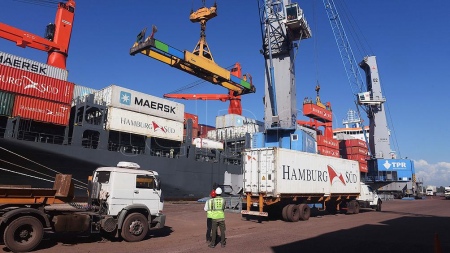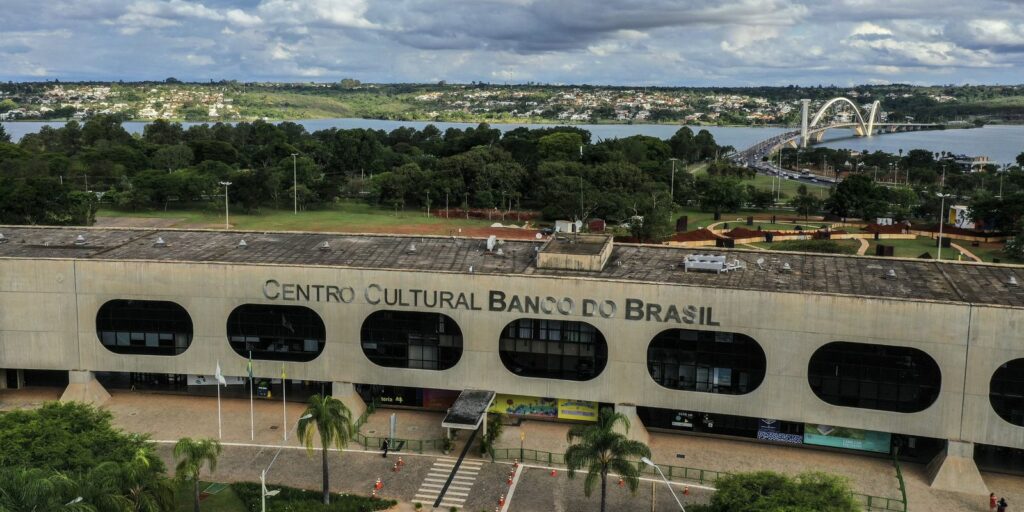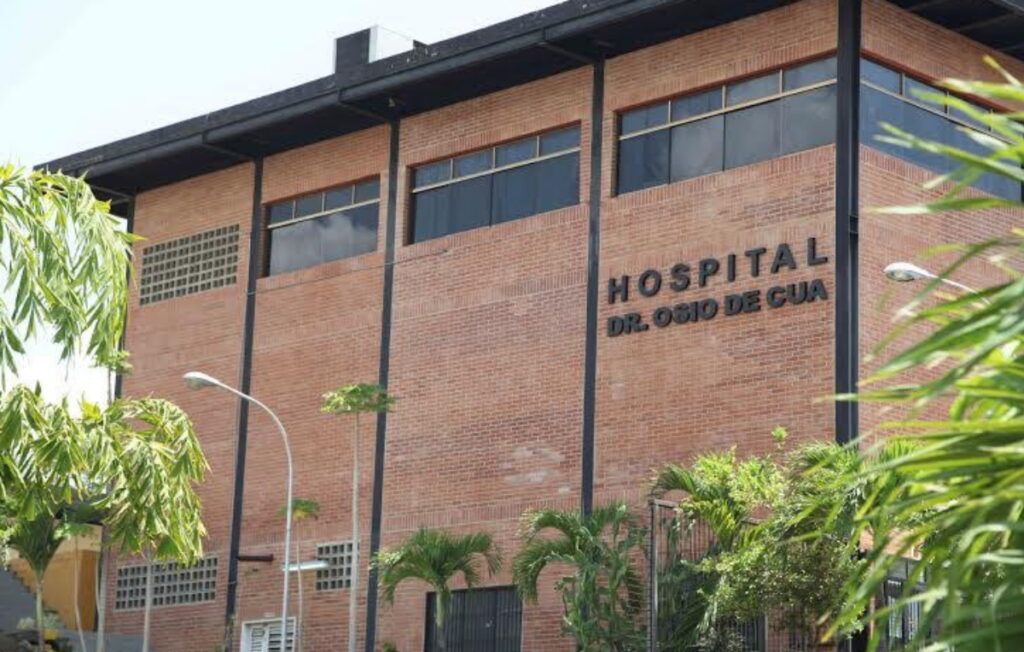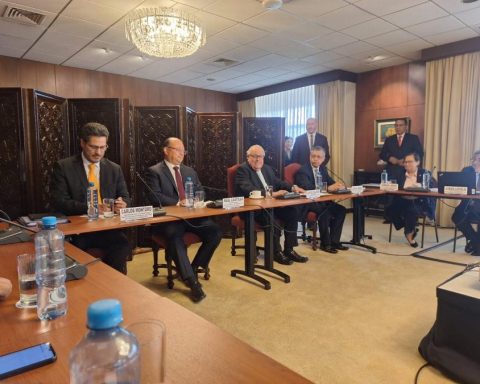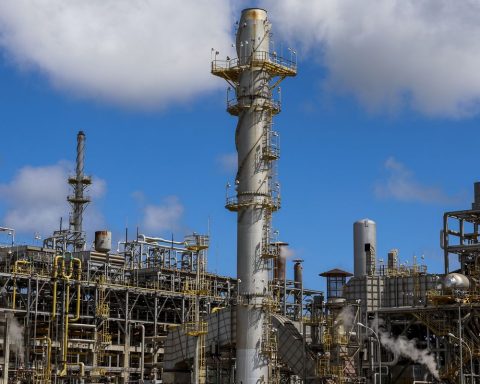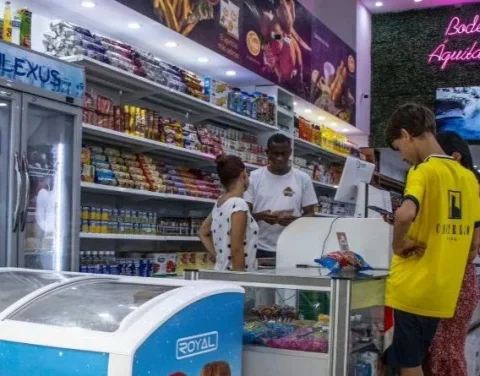The October trade left a surplus of US$1,827 millionabove US$ 1,615 million in the same month of 2021, reported this Tuesday the National Institute of Statistics and Censuses (Indec).
The invoicing for foreign sales amounted to US$ 7,901 million, with a year-on-year growth of 15.1%; and that of imports, US$ 6,074 million, with an increase of 15.8%, specified INDEC.
In this way, the commercial exchange in the first ten months of the year left a surplus of US$ 4,406 millionjust under a third of the US$ 13,955 million reached between January-October 2021.

According to INDEC, if the prices of October 2021 had prevailed, the trade balance would have yielded a surplus of US$1,747 million, some US$39 million less than what was obtained, due to the fact that the Import Price Index increased 7%. , above that of exports, which advanced 6.4%.
During October, the exchange with Mercosur registered a positive balance of US$ 2 million.
Exports reached US$ 1,412 million and were 3.2% higher than those of the same month of the previous year (US$ 44 million), mainly due to an increase in sales of Manufactures of Industrial Origin (MOI).
79.5% of the total sales were destined for Brazil; 12% to Uruguay; 7.7% to Paraguay; and 0.8% to Venezuela, reported the INDEC.
Trade with Mercosur represented 17.9% of exports and 23.2% of total imports.
While, the exchange with the European Union (EU) resulted in a surplus of US$ 231 million.
Exports totaled US$ 1,165 million, with a year-on-year increase of 25%, or US$ 233 million, mainly due to higher sales of Manufactures of Agricultural Origin (MOA).
The Secretary for Productive Development, José Ignacio de Mendiguren, recently stated that “the world sees Argentina as a global public asset for all that it has to offer”, mainly in the areas of energy, food, mining and the knowledge economy.
Speaking last week at the 28th UIA Industrial Conference, De Mendiguren stressed that “the priority is to sustain growth, but with economic development.”
In this sense, he assured: “We believe in an Argentina with a strong industrial process, which is the only genuine way out of the country’s chronic problems, which from time to time returns to external restrictions and crises.”
Of a total of twenty-seven countries, the ten that registered the highest exports concentrated 94.8% of sales to the bloc: the Netherlands (includes the port of Rotterdam, transit to other countries), Italy, Spain, Poland, Germany, France, Ireland , Belgium, Portugal and Latvia, in that order.
One third of exports to the European Union consisted of sales of flour and pellets from the extraction of soybean oil.
Imports were for US$ 934 million, with an increase of 15.2% year-on-year mainly for the purchases of Fuels and Energy (CyL).
82.2% of the total imports of this region came from Germany, Spain, France, Italy, the Netherlands, Austria, Belgium, Bulgaria, Croatia and Denmark, in that order.
Trade with the European Union constituted 14.7% of exports and 15.4% of total imports.
